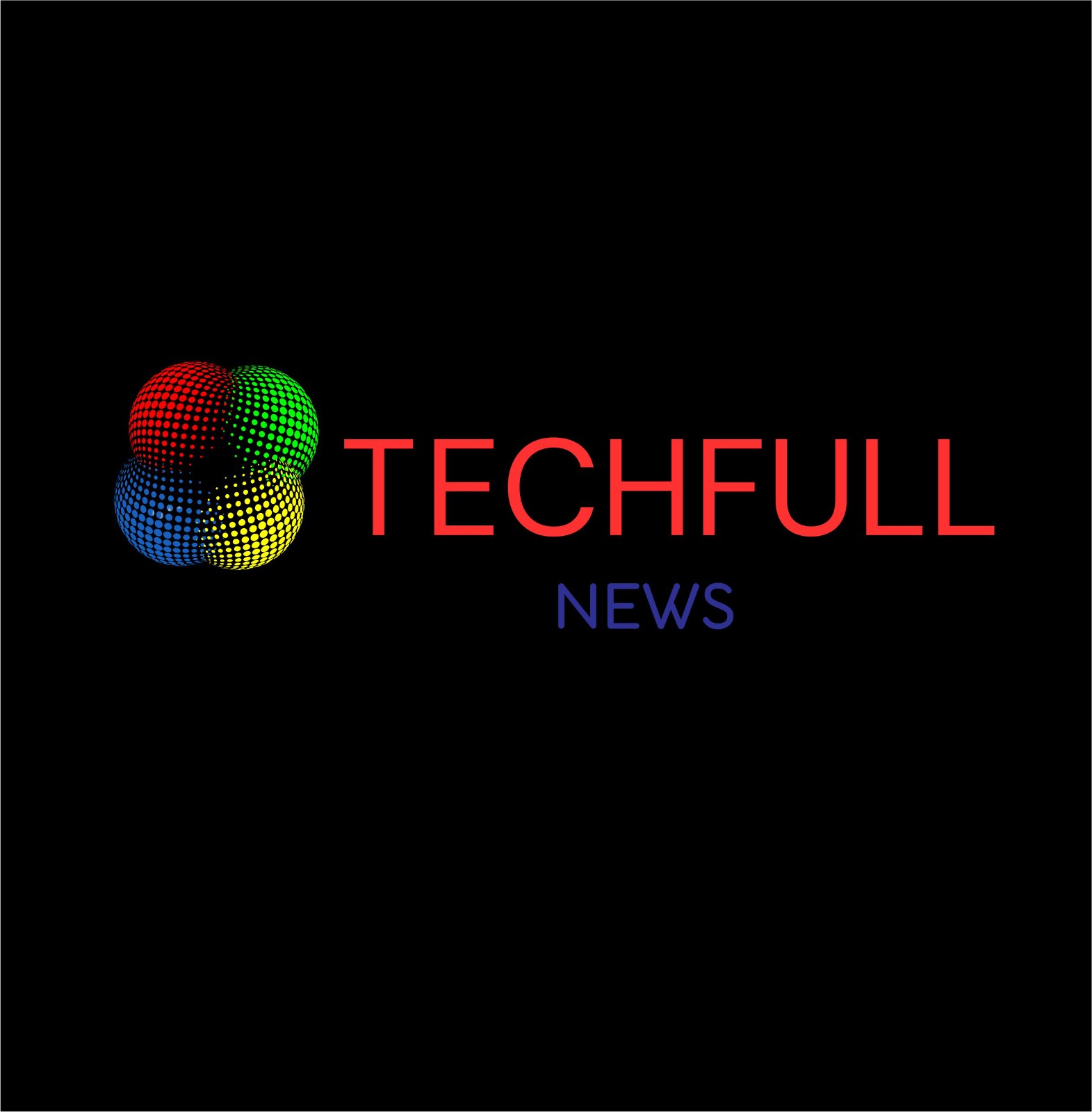Google is facing a substantial lawsuit from UK consumers, alleging that the company’s actions have contributed to rising living costs. The lawsuit, representing all UK consumers, claims that Google’s dominance in the search engine market has stifled competition, resulting in price increases throughout the UK economy.
The legal action, filed with the Competition Appeal Tribunal, accuses Google of violating competition law and increasing the cost of living for every UK consumer. The lawsuit alleges that Google has unfairly excluded competitors in mobile searches and used its market power to raise advertising prices, which are ultimately passed on to consumers.
The class action is funded by Hereford Litigation, a global commercial litigation funder. Nikki Stopford, co-founder of Consumer Voice and the class representative, stated, “This action aims to redress the balance—by not only getting people back what they’re owed but also by holding Google accountable for its actions.”
The claim seeks an estimated £7.3 billion in compensation for roughly 65 million UK users aged 16 and above, averaging at least £100 per person.
Earlier this year, the US Department of Justice and eight states filed lawsuits against Google, alleging that the company abused its dominance in the digital advertising sector.
The UK’s Competition and Markets Authority (CMA) also initiated an inquiry into whether Google engaged in anticompetitive practices in ad tech.
According to the CMA, in 2019, Google paid approximately £1.2 billion to Apple to maintain default search engine status on Safari browsers in the UK alone.
The lawsuit further accuses Google of cluttering its search pages with paid ads, pressuring companies to pay more for clicks rather than relying on consumers discovering their sites organically. It contends that a more competitive search engine would prioritize ad selection based on relevance to the user rather than the advertiser’s price.
The lawsuit suggests that commercial agreements between Google and Apple to secure Google as the default search engine on Safari browsers pre-installed on iOS contributed to Google’s dominance in the mobile search space.
In 2022, Google Ads generated over $224 billion in revenue, constituting nearly 80% of parent company Alphabet’s total revenue ($283 billion in 2022).
Stopford argued, “Google has manipulated, sometimes illegally, to become the default search engine on virtually all mobile phones in the UK. It exploited its market dominance to charge advertisers more than they would in a competitive market—such as for the sponsored links you see when using Google for searches. Advertisers have inevitably passed on these higher costs to consumers.”
Luke Streatfeild, a partner at law firm Hausfeld leading the litigation, emphasized, “Google offers a valuable service, but it’s not without cost. This lawsuit alleges that Google has stifled competition in search engines for years, harming the businesses that utilize its services and ultimately affecting consumers. The lack of competition results in higher prices and lower quality, impacting the entire UK economy.”
In response, a Google spokesperson argued, “This case is speculative and opportunistic—we will vigorously contest it. People use Google because it’s helpful. We only profit when ads are useful and relevant, as indicated by clicks—at a price determined by a real-time auction. Advertising plays a vital role in helping people discover new businesses, causes, and products.”

